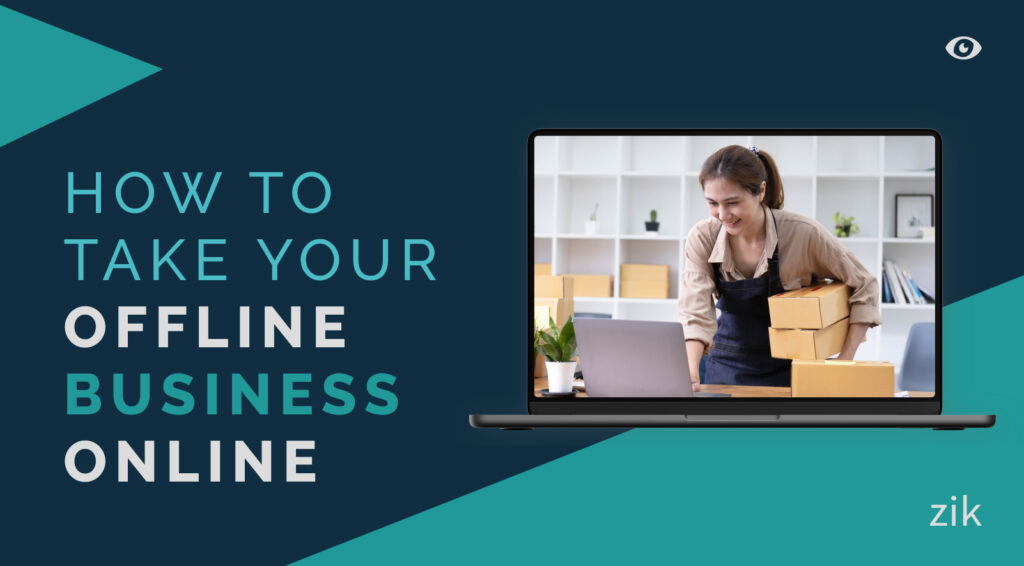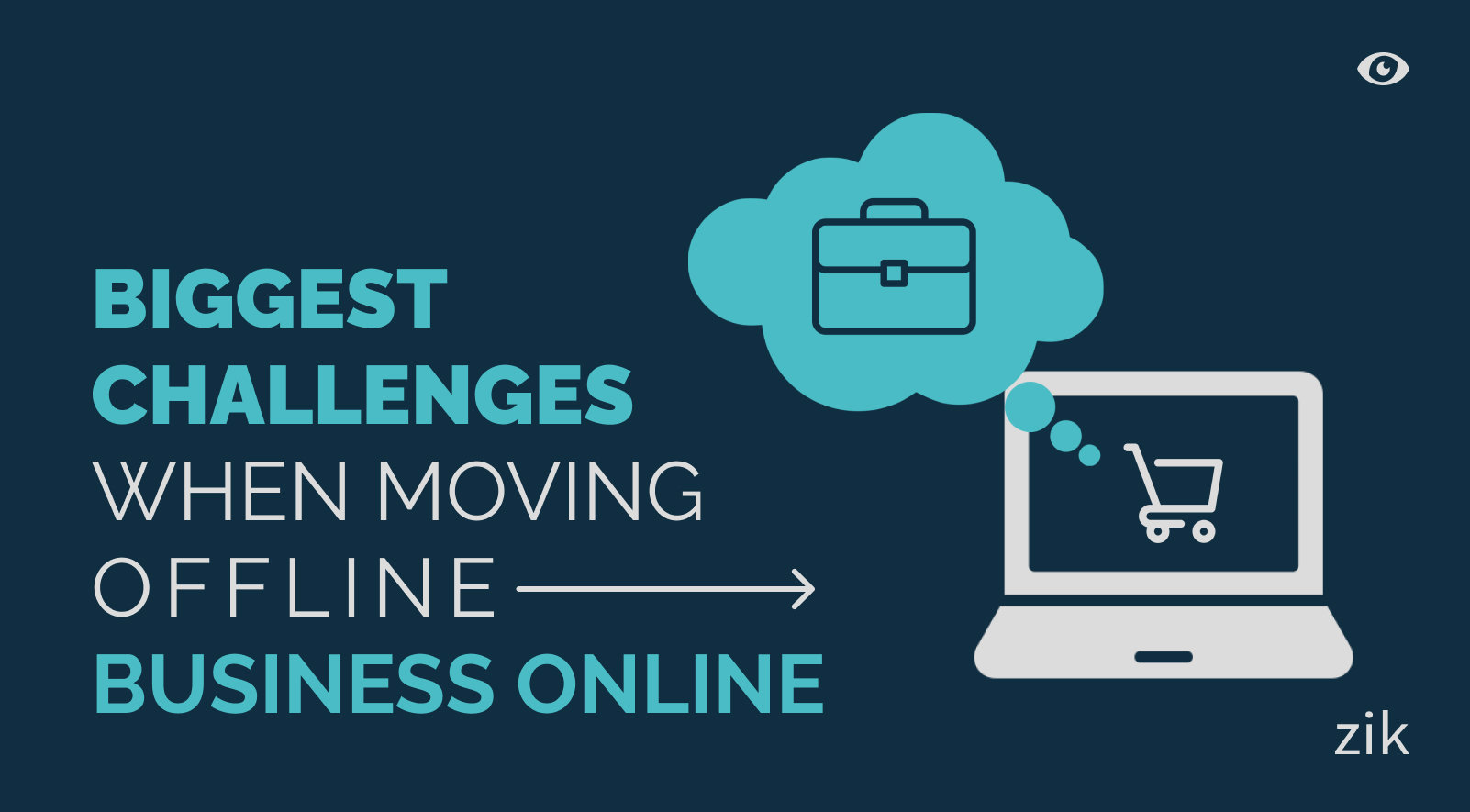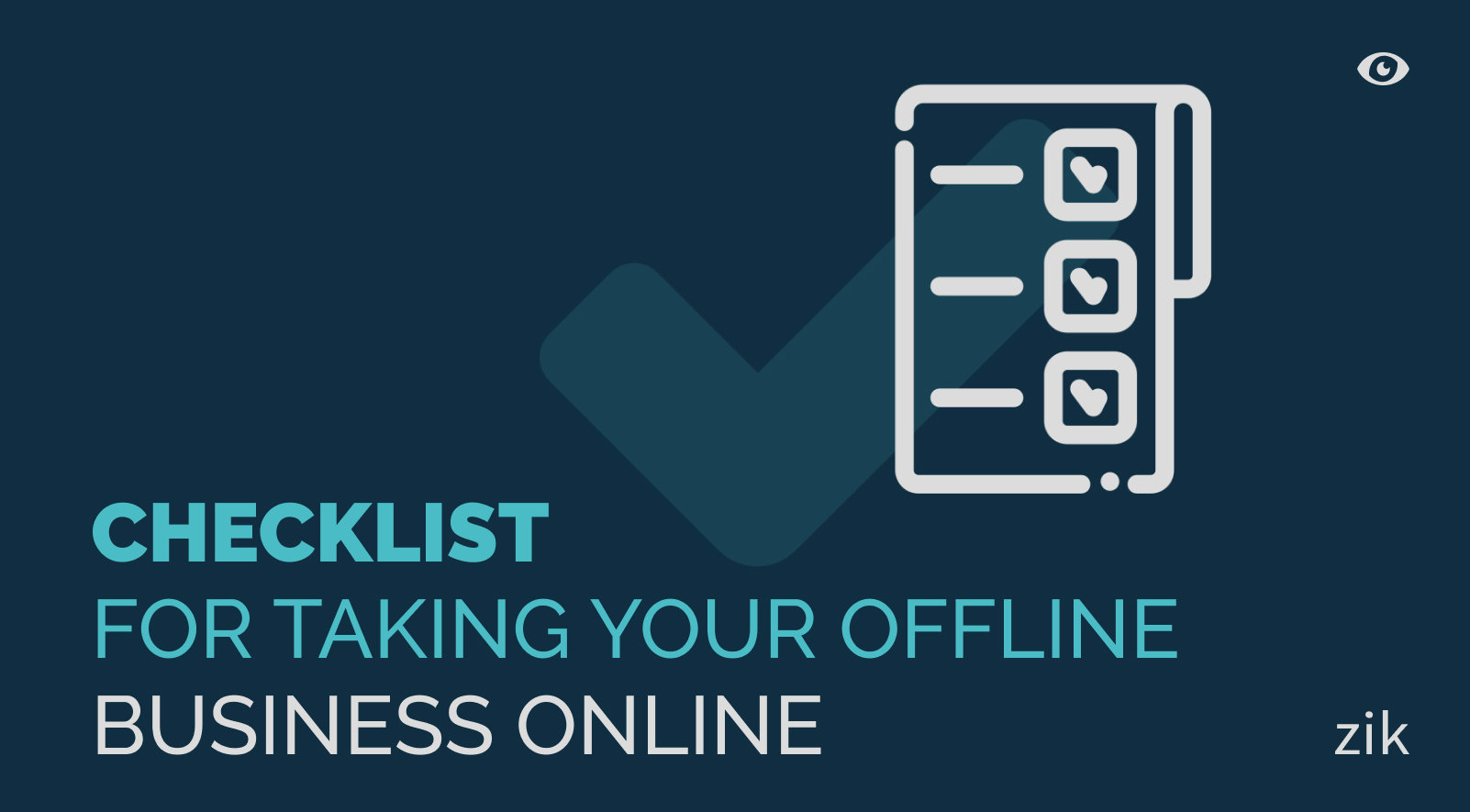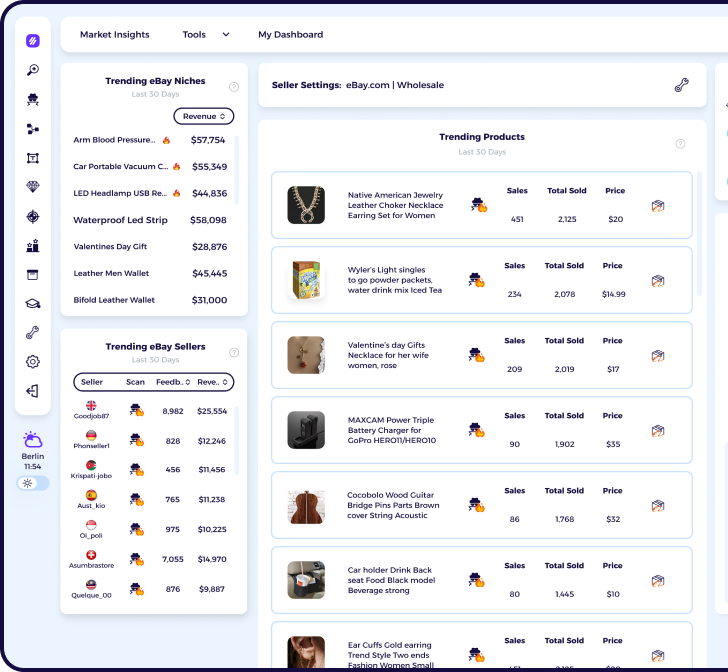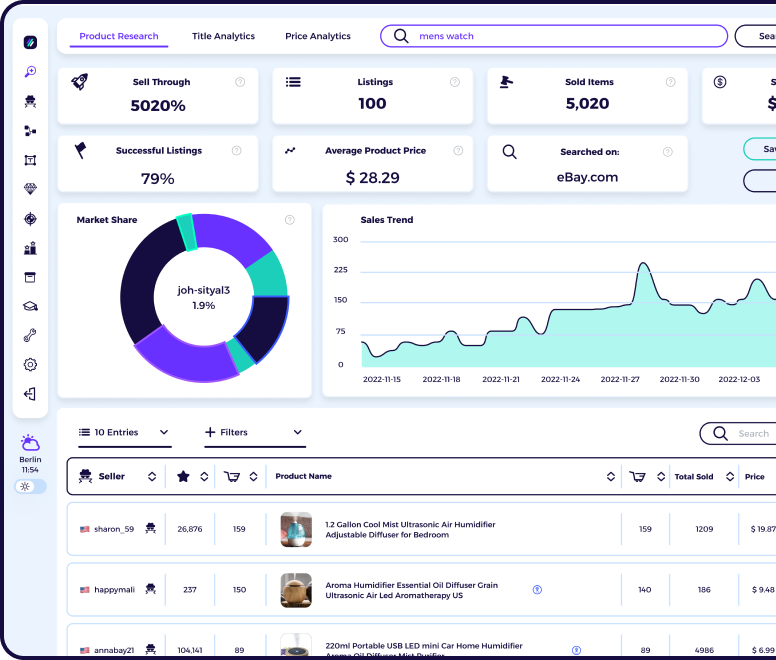Do you have a physical store? Would you like to expand your business online to reach more potential customers? Nowadays, online shopping is the primary option for consumers. As of 2023, the number of online shoppers is 2.64 billion – equivalent to one out of three people worldwide!
The trend of online shopping has steadily risen over the past few years. It increased by over three per cent compared to online consumers in 2022.
If you haven’t considered selling online, now is the best time to start! The same source above forecasts that online shopping and digital buyers will grow to 2.77 billion by 2025.
As a business owner, you constantly seek ways to retain your existing customers and widen your customer base. If you want to know how to take your offline business online, you’ve come to the right place. I created this guide to help you build the fundamental elements of your online store and capitalize on the fact that most buyers are spending time online.
As with any change, you will face many challenges as you transition your offline business online.
Let’s break down those challenges and find the steps you must take to ensure that you can have as much success with your business online as you did offline.
Article Overview
Biggest Challenges When Moving Offline Business Online
1. Not understanding how ecommerce works
2. Stiff competition
3. Building your brand online
4. Maintaining privacy and security
Checklist for Taking Your Offline Business Online
Step 1:
Step 2:
Step 3:
Step 4:
Step 5:
Conclusion
Biggest Challenges When Moving Offline Business Online
Any change comes with a set of challenges. It’s no different when you want to bring your offline business into the online world.
But due to the demand for online shopping, many brick and mortar businesses quickly jump into the online world without thinking about the potential challenges of running a business online. Here are a few things to think about if you want to know how to take your offline business online.
1. Not understanding how ecommerce works
The language of the internet is complex. Even if you might use it regularly, it’s different when you’re running an ecommerce website. You have to use unique strategies in the digital realm than in traditional brick and mortar businesses.
Sure, building a business online allows you to reach more customers. But online consumers also have more access to websites that enable them to compare prices and read product reviews in seconds. It’s different when they walk into physical stores where their attention is focused since buying online offers more options and distractions.
2. Stiff competition
About the above, selling online also means competing with millions of other online commerce websites. Finally, moving your offline store online means you have to contend with other small business owners who want to target the same audience as you!
Make sure you plan how to make your online business stand out. If not, you won’t be able to get a good share of the pie.
It also brings focus to delivering quality customer experience, including ensuring you have a user-friendly ecommerce website.
3. Building your brand online
One of the biggest challenges when you take your offline business online, is how to promote your brand online. The stiff level of competition means that the market is highly saturated. So how do you build a brand that helps you earn more website visitors and turn them into loyal customers? How do you market your brand that appeals to your target audience?
When you take your business online, you should align your branding strategies with what your customers want and need from your business. It would be best if you had a solid marketing strategy to win over your customers, especially bringing your existing customers online.
4. Maintaining privacy and security
Creating an ecommerce website entails a lot of work! Your work isn’t done once your website is live and running. You have to constantly update the security protocols to ensure the privacy and security of your customers when using your website. It’s essential to take your offline business online since you must consider the online payments, personal information, and other sensitive data transmitted to your website whenever a customer purchases your digital products.
There are lots of costs involved in running and maintaining a website. You must consider how to handle these and still make more money selling online.
Checklist for Taking Your Offline Business Online
Once you’re aware of the challenges of taking your offline business online, it’s time to focus on the fundamental steps of how to take your offline business online.
Step 1: Identify Your Current Business Model
Before you get into the nitty-gritty of setting up your business online, you must assess your current business model. For example, let’s say you have a product you make or buy to be sold in a physical location.
You must decide one of two things to know how to take your offline business online.
First, you must decide if you want to sell your products from an ecommerce platform or if you plan to build an ecommerce website for your business.
Second, you must go into the specifics of building your online store. If you take your business online, you must determine which ecommerce platform to use: eBay, Amazon, or other platform. The right ecommerce platform can be crucial to your success when taking your brick and mortar businesses online and helping you find potential customers.
Your branding and marketing strategy should also be consistent with the products you sell online. Therefore, it makes it easier for customers to trust your brand now that you are an authority in your niche.
Step 2: Research the market demand, competition, prices, and shipping options
Market research is a crucial element when taking your offline business online. Of course, having a physical location or store doesn’t mean you won’t need to do market research. It’s still essential. But the amount of market research when you have a business online is more expansive, given the intense level of competition.
You can invest in a product or market research tool to gather data insights about a product. Access to those insights will help you make data-driven decisions on which products to sell online would bring in the most profits to your business online. While these online sales are not guaranteed, knowing the demand for these products empowers your decision to incorporate them into your product inventory online.
The same market research tool can also be utilized to analyze your competition. Doing competitor analysis will give you a better understanding of what your competitors are doing, so you can map out steps to perform better than them.
Part of your competitor analysis will involve looking at the pricing strategy of your competition. For example, when selling the same products, you must be smart about pricing your digital products to attract more website visitors and potential buyers.
Step 3: Set up your store.
This is the most crucial step because you will implement your planning. Whether you set up a store from an ecommerce platform or build your website depends on your business needs and goals.
We’ve already covered the different requirements for setting up a store on eBay, such as the different store subscription levels. Make sure you take the time to look into that guide to determine what store level is right for you. Of course, it also varies according to your budget, so you have to choose accordingly.
Another important consideration if you build your business website, is which platform to host your website. Most small business owners use Shopify because making your website from scratch is easy. However, it pays to research other platform options to align with your online commerce needs and goals. As a business owner, choose the best platform for your online store to reach more customers and maximize online sales.
Whether you use an ecommerce platform or build your own online business website, your work does not end there. You have to secure a domain name for your website. The domain name must be aligned with your brand online. It helps to make it easy for your customers to remember your business online and to help you stand out from the competition.
After picking a domain name, you must buy hosting for your website. Consider hiring a professional website designer because you want your website aesthetic to be consistent with your branding.
Step 4: Set up your fulfilment process, packaging and shipping
If you’re new to taking your offline business online, setting up the fulfilment process and other essentials might seem overwhelming. But it takes only a few easy steps.
The first thing you must do is plan your inventory management approach. You have dedicated storage space for your products if you have physical stores. But you can expect a higher demand for your products if you have an online business. As a result, your current storage solutions might not be sufficient for the number of online orders you are getting.
Planning your inventory management for your current orders and the anticipated demands is essential. Among your options for inventory management is to use up space in your home or garage. If you have a full-grown online store, you might have to consider using a fulfilment center to manage your inventory. However, note that your products will have corresponding storage fees.
You should also use this same approach for managing your shipping process. Spend time researching the various shipping options available and different shipping companies. Make sure that you know how to handle your packages and how you determine the shipping rates in real-time.
Lastly, make sure you plan on how to package your products properly. You must use high-quality packaging solutions to keep your products safe and secure in transit. It is a crucial element of the overall customer experience, so pay attention to this.
Step 5: List your products and optimize them
Once your whole business is set up online, it’s time to start listing your products on your website or ecommerce store. This is the part where an ecommerce business differs from offline businesses.
You need to think about marketing and search engine optimization (SEO). These are the essential tools for promotion that you must be aware of, especially if you want to put your products in front of your customers.
Search engine optimization is incorporating targeted keywords (or keyphrases) on your product listings and its description to make it easy for your target customers to find online. You can include the keywords on the listing title and the product description. Therefore, your product or listing shows up as one of the suggested results whenever there is a relevant search online.
The goal is to reach the top of the search results or the first page. Suppose you can optimize your listings, and on top of the search results, you can showcase your products to more customers. And it increases the possibility of generating online sales for your business.
Aside from using SEO and placing an ad online, you can also use other marketing tools for your online store. First, you can promote your products and website on various social media platforms. Many businesses set up social media profiles to reach out to potential customers, especially their target audience.
Ensure you update your social media profiles with relevant content to generate attention for your products online. You can also use this same strategy whether you have an offline or online business. The goal is to establish an online presence for your business so that you can increase your website visitors and make more money through conversions. Direct your customers to your landing page so that you can generate more leads and build your passive income stream. Even if these customers might not buy from online businesses now, they might finalize their purchases online later.
If you choose to set up your online store on a well-known platform, such as eBay, you can leverage the popularity of that online marketplace. For example, eBay generates millions of visits daily. You can use the traffic going into eBay to reach your target audience and help them find the products you’re selling online.
Conclusion
Learning how to take your offline business online is a huge step. Kudos to you for trying to switch your offline store to an online one!
Now that you’ve set up your business online, you can reach new customers and sell products to your target audience, even if they don’t have access to your offline store location. That’s the beauty of taking your business online!
If you want to succeed with your online store, you need a powerful tool such as a market research tool. Research your competition, analyze trending products, and develop a solid pricing and marketing strategy. It’s possible with the right business tool, like ZIK Analytics. You can find products that customers love and create more income streams from your small business.
